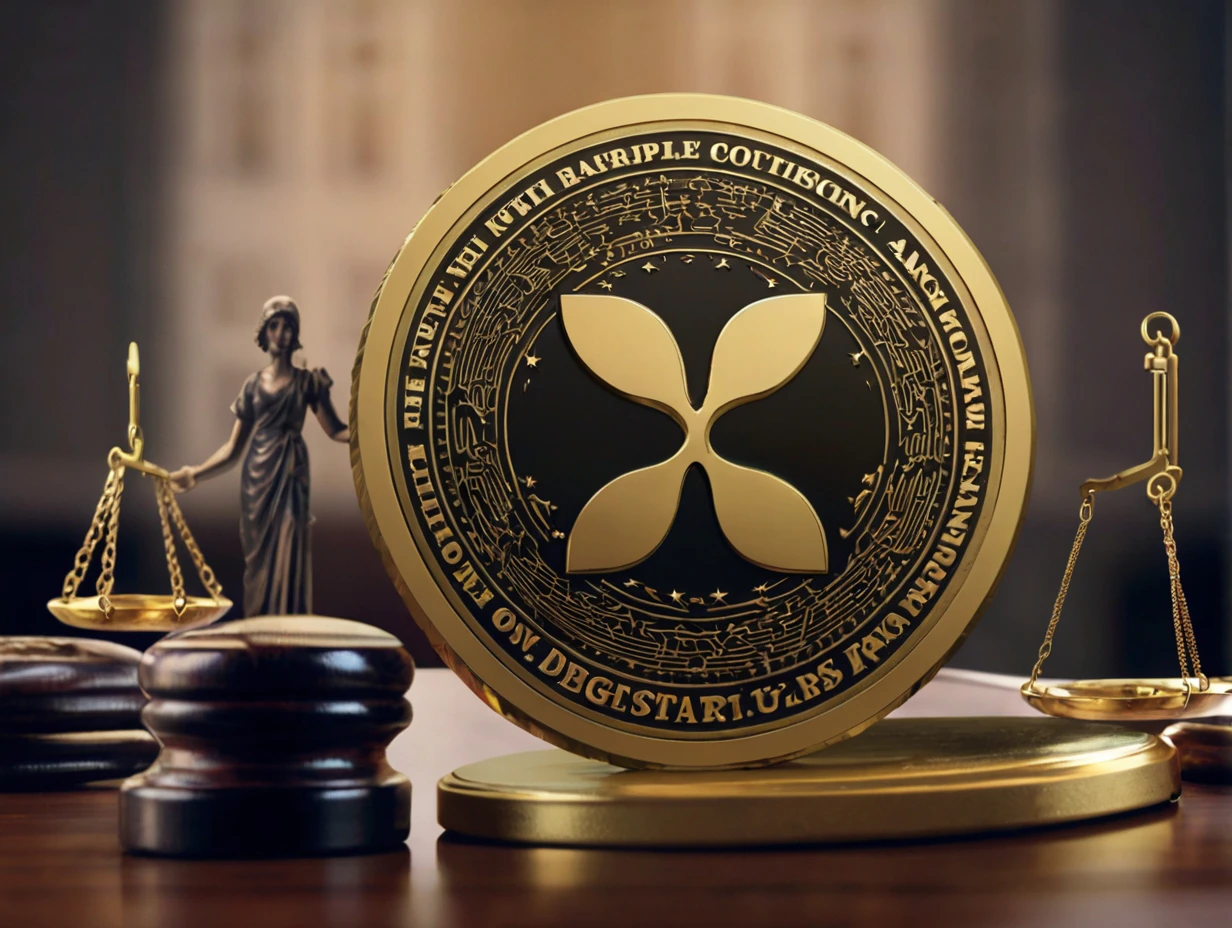In the ongoing legal battle between Ripple Labs Inc. and the U.S. Securities and Exchange Commission (SEC) over the status of XRP, both parties have recently submitted a joint sealing proposal to the United States District Court for the Southern District of New York.
Structured timeline in Ripple-SEC legal battle
This proposal outlines a structured approach to handling sealing and redaction issues for upcoming remedies-related briefings, demonstrating the commitment of both sides to transparency while recognizing the need for confidentiality in certain instances.
The structured timeline established for the court proceedings between Ripple Labs Inc. and the U.S. Securities and Exchange Commission (SEC) regarding XRP is a pivotal development in the ongoing legal battle.
By delineating a clear schedule for the submission and public release of court documents, this timeline emphasizes the importance of transparency while also acknowledging the necessity of protecting sensitive information through sealing and redaction.
A detailed overview of the Ripple-SEC legal timeline
Commencing on March 22, 2024, the SEC is slated to file its opening remedies-related brief under seal. This initial step sets the stage for a review period aimed at identifying any sensitive information that warrants redaction before the document’s public release.
It demonstrates a proactive approach to safeguarding confidential data while laying the groundwork for subsequent proceedings.
March 25, 2024, marks a significant milestone as Ripple and the SEC engage in collaborative efforts to agree upon redactions to the SEC’s opening brief and its supporting materials. The aim is to minimize redactions wherever possible, thereby maximizing public access to information pertinent to the case.
This collaborative endeavor underscores a commitment to transparency and constructive engagement between the involved parties.
Subsequently, on March 26, 2024, the SEC is expected to file a public, redacted version of its opening brief, incorporating only those redactions that have been agreed upon by both parties.
This step enhances transparency by ensuring that essential information is accessible to the public while safeguarding sensitive data as deemed necessary.
As the proceedings progress, April 22, 2024, marks Ripple’s anticipated filing of its opposition brief and supporting documents. While these materials will be filed publicly, any confidential information contained therein will be subject to redaction.
This approach strikes a delicate balance between transparency and confidentiality, reflecting the nuanced nature of the legal proceedings.
Following this, discussions and filings about redactions specific to Ripple’s opposition brief and its supporting documents are slated for April 23-24, 2024. These deliberations serve to address any remaining concerns regarding the protection of sensitive information, further refining the transparency measures adopted throughout the process.
May 6-8, 2024, represent the culmination of scheduled submissions, with the SEC submitting its reply brief under seal. Subsequent discussions and filings will focus on the preparation and release of public, redacted versions of the SEC’s reply brief, ensuring that the public remains informed while safeguarding sensitive data.
Finally, from May 13-20, 2024, the focus will shift towards the filing of omnibus letter motions to seal materials related to the remedies-related briefing. This will be followed by letter briefs in opposition to sealing motions, fostering a discourse on the necessity and extent of sealing certain documents and information.
Transparency and confidentiality in the XRP legal battle
This structured timeline demonstrates the parties’ commitment to transparency throughout the legal proceedings concerning XRP. By establishing clear guidelines for sealing and redaction, the joint sealing proposal aims to balance the public’s right to information with the protection of sensitive commercial and legal data.
Bill Morgan, a keen observer from the XRP community, highlights an important aspect of the case. Despite the SEC‘s motion ordering disclosure of Ripple’s post-complaint contracts with institutions, the disclosure is subject to a protective order, meaning it remains accessible only to the SEC.
Morgan points out the likelihood of Ripple seeking redaction and sealing of commercially sensitive material in the SEC’s brief and reply brief.
As the XRP lawsuit progresses, the joint sealing proposal and structured timeline offer a framework for transparent legal proceedings while addressing the need for confidentiality. While the parties strive for openness, the presence of protective orders underscores the sensitivity of certain information involved in the case.
As stakeholders eagerly await further developments, adherence to a transparent and structured approach ensures that essential information is accessible while safeguarding confidential data.





